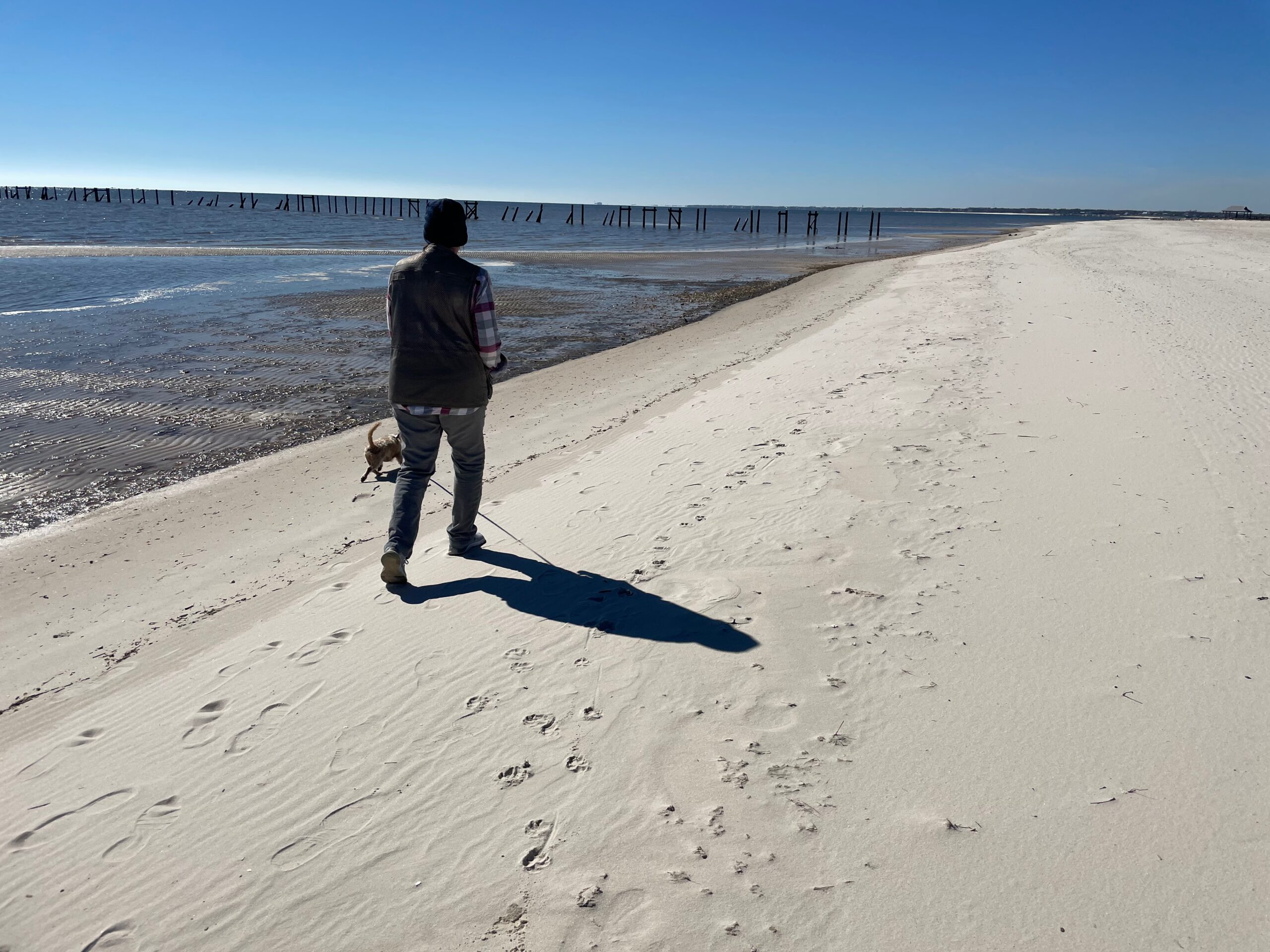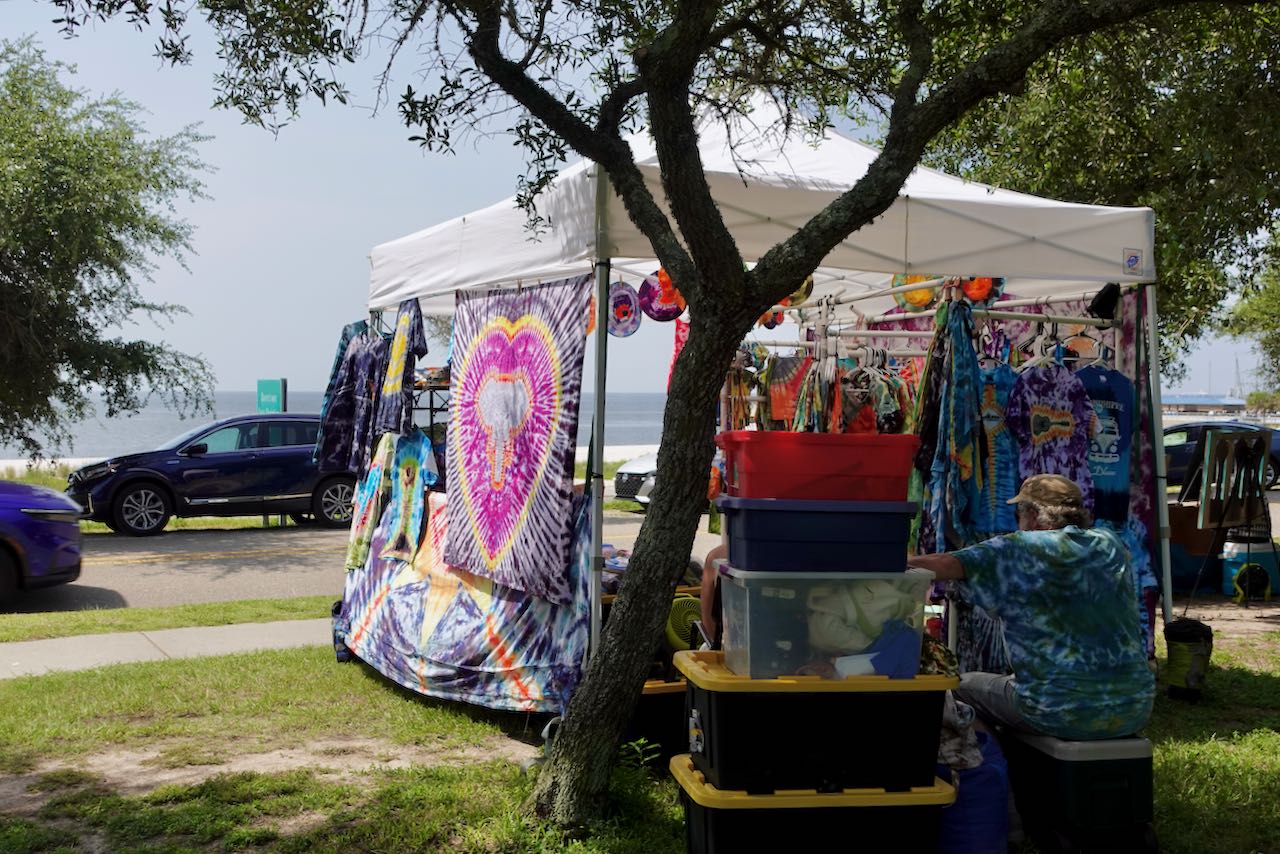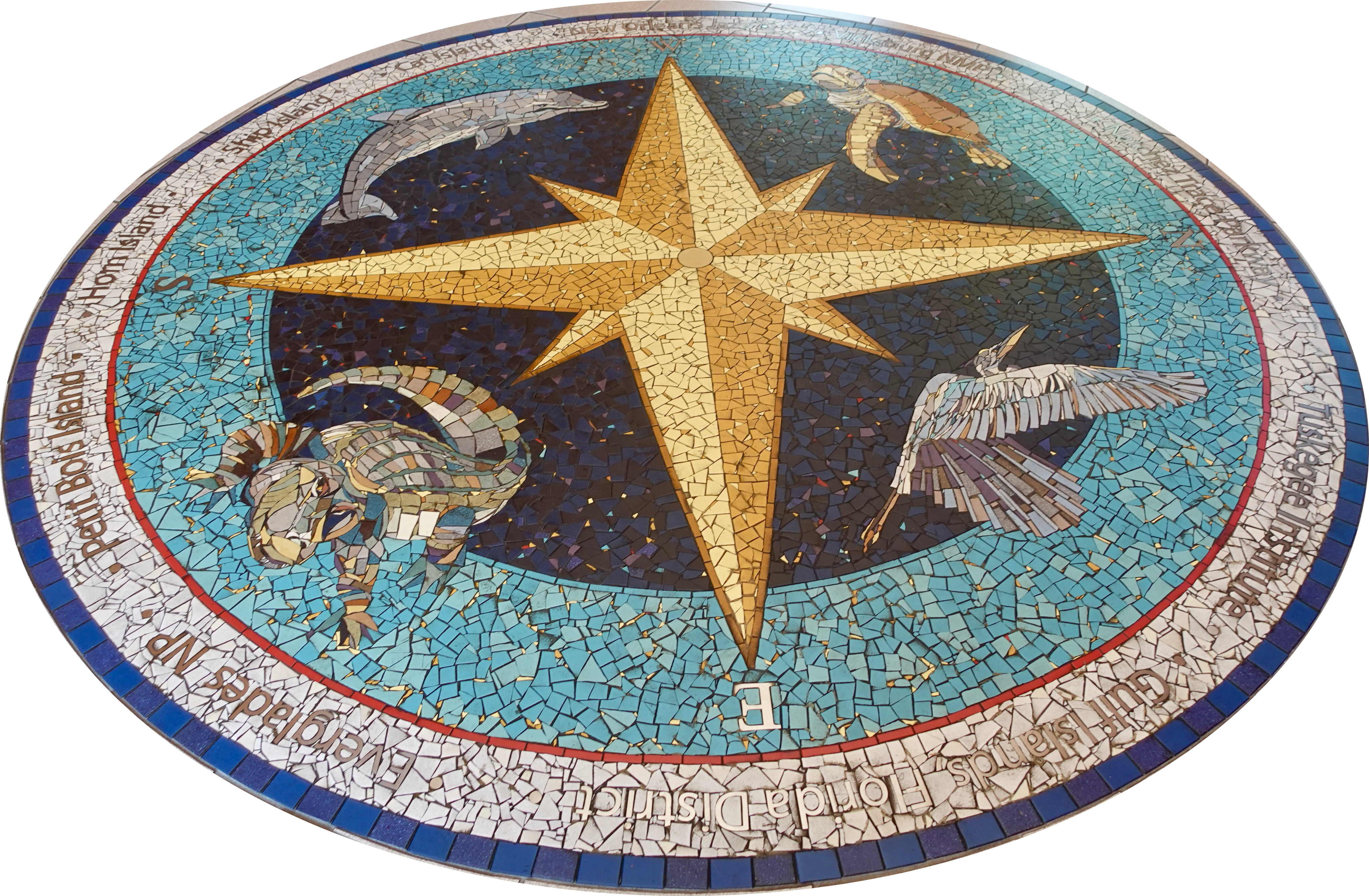from Wikipedia:
The commons is resources that are owned in common or shared between or among communities populations. These resources are said to be “held in common” and can include everything from natural resources and common land to software. The commons contains public property and private property, over which people have certain traditional rights. In some areas the process by which commonly held property is transformed into private property is termed “enclosure“.
Concepts
The commons were traditionally defined as the elements of the environment – forests, atmosphere, rivers, fisheries or grazing land – that are shared, used and enjoyed by all.

Today, the commons are also understood within a cultural sphere. These commons include literature, music, arts, design, film, video, television, radio, information, software and sites of heritage. The commons can also include public goods such as public space, public education, health and the infrastructure that allows our society to function (such as electricity or water delivery systems). There also exists the ‘life commons’, e.g. the human genome.
Peter Barnes describes commons as a set of assets that have two characteristics: they are all gifts, and they are all shared. A shared gift is one we receive as members of a community, as opposed to individually. Examples of such gifts include air, water, ecosystems, languages, music, holidays, money, law, mathematics, parks and the Internet.
There are a number of important aspects that can be used to describe true commons. The first is that the commons cannot be commodified – if they are, they cease to be commons. The second aspect is that unlike private property, the commons is inclusive rather than exclusive — its nature is to share ownership as widely, rather than as narrowly, as possible. The third aspect is that the assets in commons are meant to be preserved regardless of their return of capital. Just as we receive them as shared gifts, so we have a duty to pass them on to future generations in at least the same condition as we received them. If we can add to their value, so much the better, but at a minimum we must not degrade them, and we certainly have no right to destroy them.
The Public commons is commonly referred to as a place in our world that has a public good that is free for people to view and enjoy and owned by everyone who wants to be a part of it. Something as simple as water and grass that you see in the park everyday is a public common. Most times people don’t even realize that when they’re in a park that it is free. However usually in these commons it is patrolled by other people in the area and if someone were to violate the commons in anyway by littering or dumping then it would be up to people in the area to control what happens to their own place.
Some people don’t tend to agree with Peter Barnes in saying that the commons is all owned by the people because things like public transportation, public education and health care aren’t always available to people. For each of these mentioned things each of them has a “care penalty” in which there is a certain fee or tax to use these things provided by the government. This type of common is provided by a certain infrastructure like the government but to have access to it there is taxes on families and health insurance premiums. Another highly used public common is the internet. The internet is something many people have access to as a resource and a scholarly tool but is also privatized as well. This type of common is a hybrid. To gain access to the internet a household needs an internet service provider that they have to pay in order to get online.
There are quite a few different ways to categorize a “common” but there are the public commons like parks, rivers, oceans, mountains and grasslands but there are also the privatized commons that the government provides and lastly the hybrid of the two where the service is free but also privatized by certain groups or individuals.
While use of the commons is generally unrestricted, there have to be certain rules in place to ensure that they are available for future generations. Overuse of the commons threatens their very existence. When considering the commons as an entity used by all, it is easy to see how there are claims that the atmosphere and skies are commons. In that case it is not a matter of what is being taken from the resources, but what is being put into those commons.
Economist Peter Barnes has proposed sky trust to fix this problem. This idea claims that the sky belongs to all the people, and the companies do not have a right to over pollute. It is a type of cap and dividend program. Ultimately the goal would be to make polluting excessively more expensive than cleaning what is being put back into the atmosphere.
Recently technological commons have become more prevalent. The Linux operating system is an open source rival to Windows and Microsoft that allows its users to take and use source code from other creators and modify it themselves. In fact, Wikipedia itself is an open resource, and is an integral part of the information commons. Its users can update and add to any article. There are certain rules associated with these changes and its use, just like any other commons, but for the most part anyone can access it freely.
In some ways, the information commons is required and actually helps protect the community. It is actually required that companies that pollute release information about what they are doing. The Corporate Toxics Information Project and information like the Toxic 100, a list of the top 100 polluters, helps people know what these large corporations are doing to the environment. Having the information open to all, as part of a common network helps ensure the safety and knowledge of anyone who wishes to access it.
Environmental examples
Mongolian grassland management
Based on a research project by the Environmental and Cultural Conservation in Inner Asia (ECCIA) from 1992 to 1995, satellite images were used to compare the amount of land degradation due to livestock grazing in the regions of Mongolia, Russia, and China[9]. In Mongolia, where shepherds were permitted to move collectively between seasonal grazing pastures, degradation remained relatively low at approximately 9%. Comparatively that of Russia and China, which implemented state-owned pastures involving immobile settlements and in some cases privatization by household, was much higher at around 75% and 33% respectively. A collaborative effort on the part of Mongolians proved much more efficient in preserving grazing land.
Lobster fishery of Maine
Widespread success of the Maine lobster industry is often attributed to the willingness of Maine’s lobstermen to uphold and support lobster conservation rules. These rules include harbor territories not recognized by the state, informal trap limits, and laws imposed by the state of Maine (which are largely influenced by lobbying from lobster industry itself)[11]. Essentially, the lobstermen collaborate without much government intervention to sustain their common-pool resource.
Community forests in Nepal
Implemented in late 1980s, Nepal chose to decentralize government control over forests. Community forest programs work by giving local areas a financial stake in nearby woodlands, and therefore increasing the incentive to protect them from overuse. These local institutions regulate harvesting and selling of timber and land, and must use any profit towards community development and preservation of the forests. In twenty years, locals have noticed visible improvements in the number of trees.
Acequia irrigation systems of New Mexico
Acequia is a method of collective responsibility and management for irrigation systems in desert areas. In New Mexico, a community-run organization known as Acequia Associations supervises water in terms of diversion, distribution, utilization, and recycling, in order to reinforce agricultural traditions and preserve water as a common resource for future generations.
Historical movements
- The Diggers
- Kett’s Rebellion
- The United Order
Contemporary movements
- Abahlali baseMjondolo in South Africa
- The Bhumi Uchhed Pratirodh Committee in India
- Electronic Frontier Foundation
- The EZLN in Mexico
- Fanmi Lavalas in Haiti
- The Homeless Workers’ Movement in Brazil
- The Land is Ours in the UK
- The Landless Workers’ Movement in Brazil
- Movement for Justice en el Barrio in the United States of America
- Narmada Bachao Andolan in India
Key theorists









